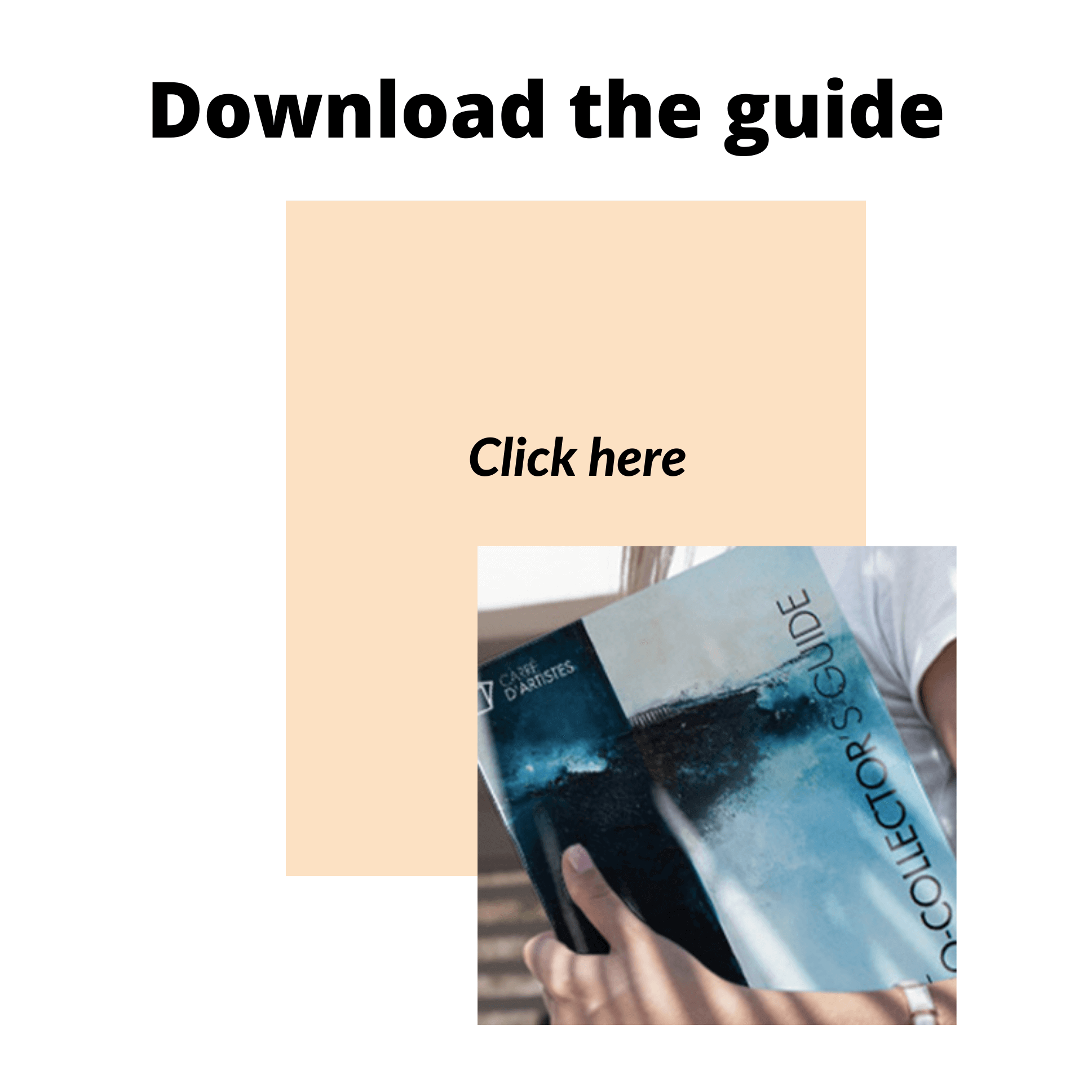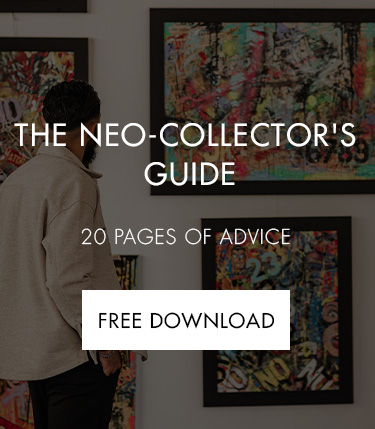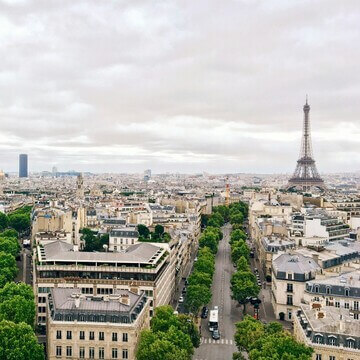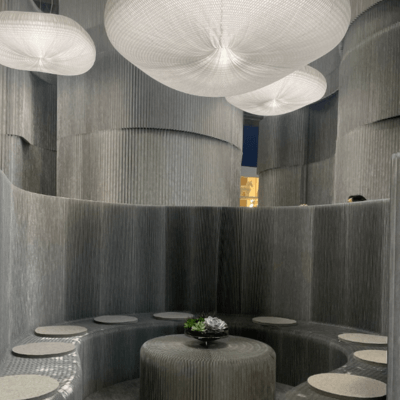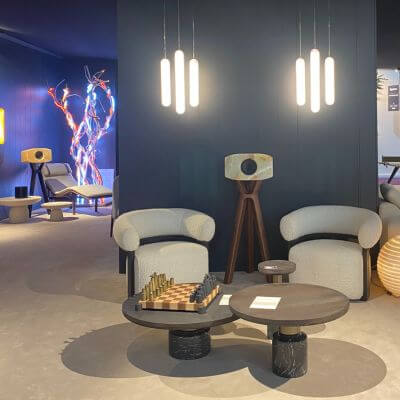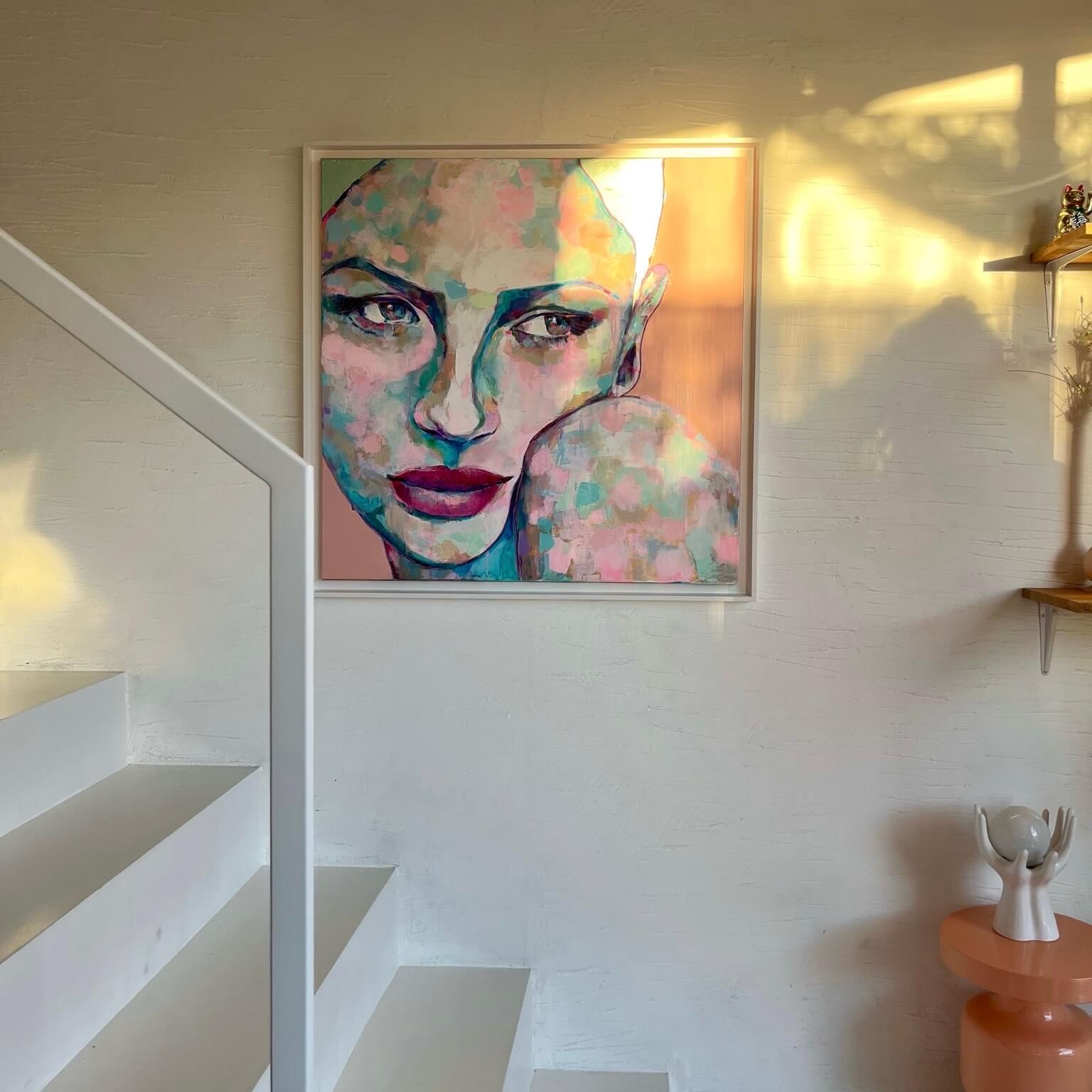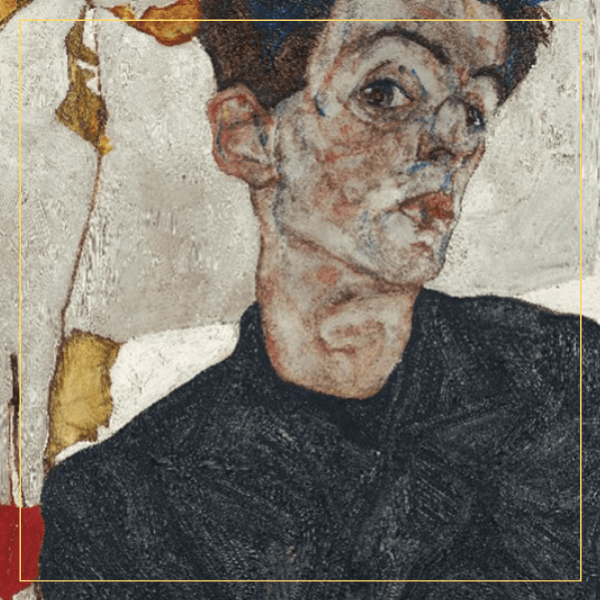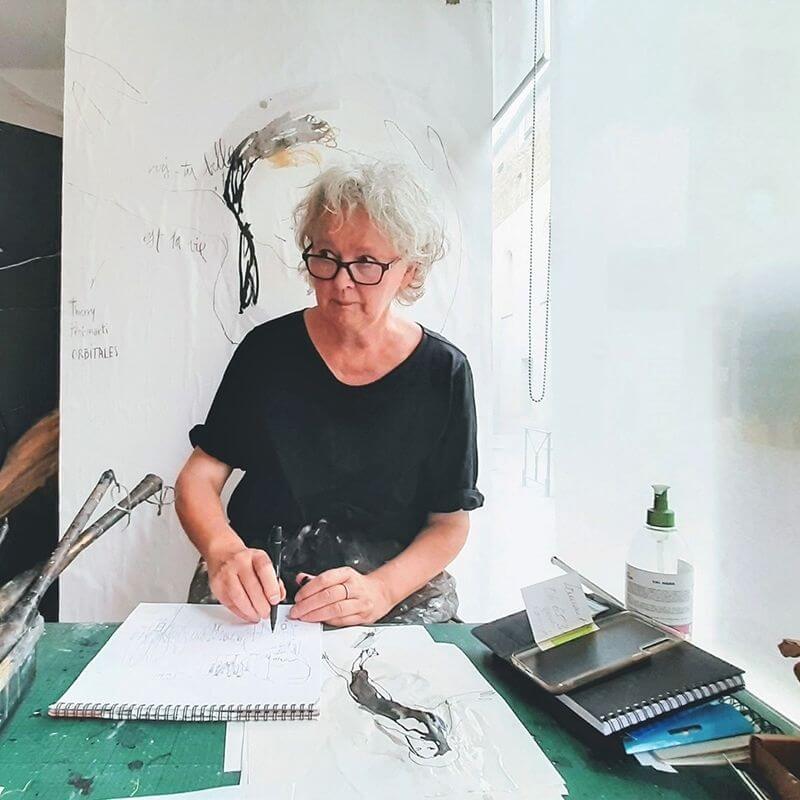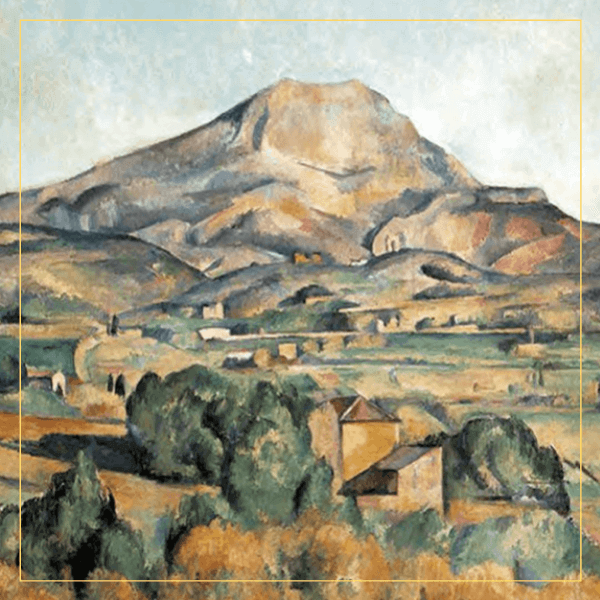Burma, when art comes before democracy
- 07/05/2021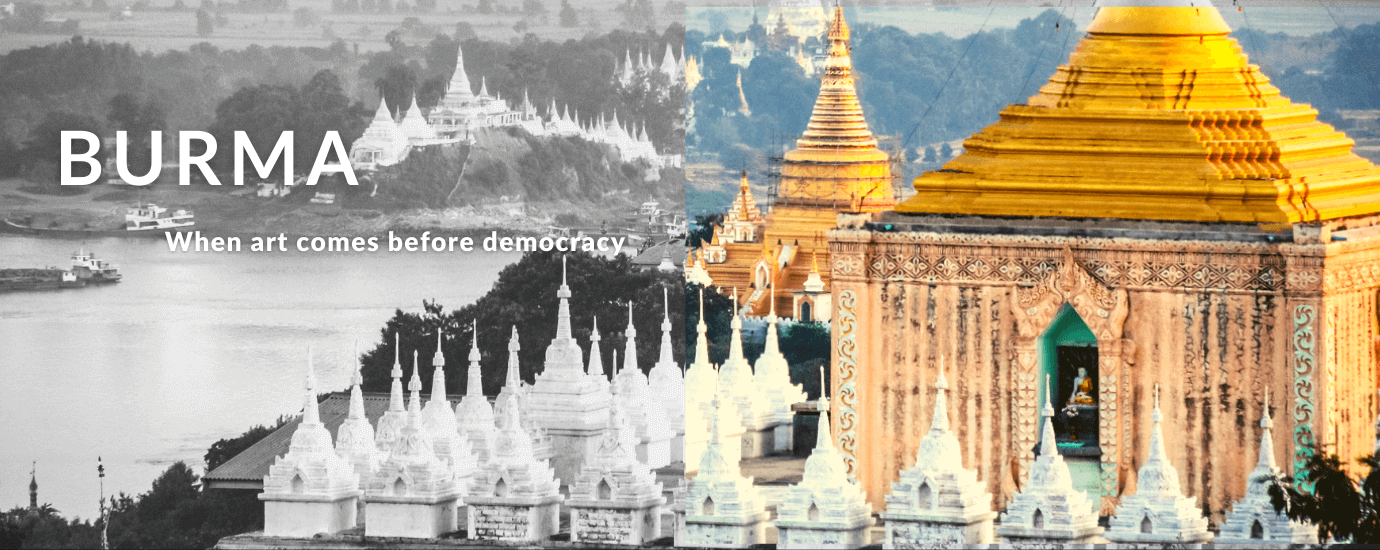
it is an aesthetic and dazzling shock at the limit of the upheaval.
Far from the barren and impersonal universe of Yangon Airport (formerly Rangoon) which he has just left, he falls on the colossal mass, crowned with an imposing diamond, of the Shwedagon pagoda, whose gold, ith which its hundred meters high are covered, illuminates by day and night the nearby surroundings.
All of Burma is like that.
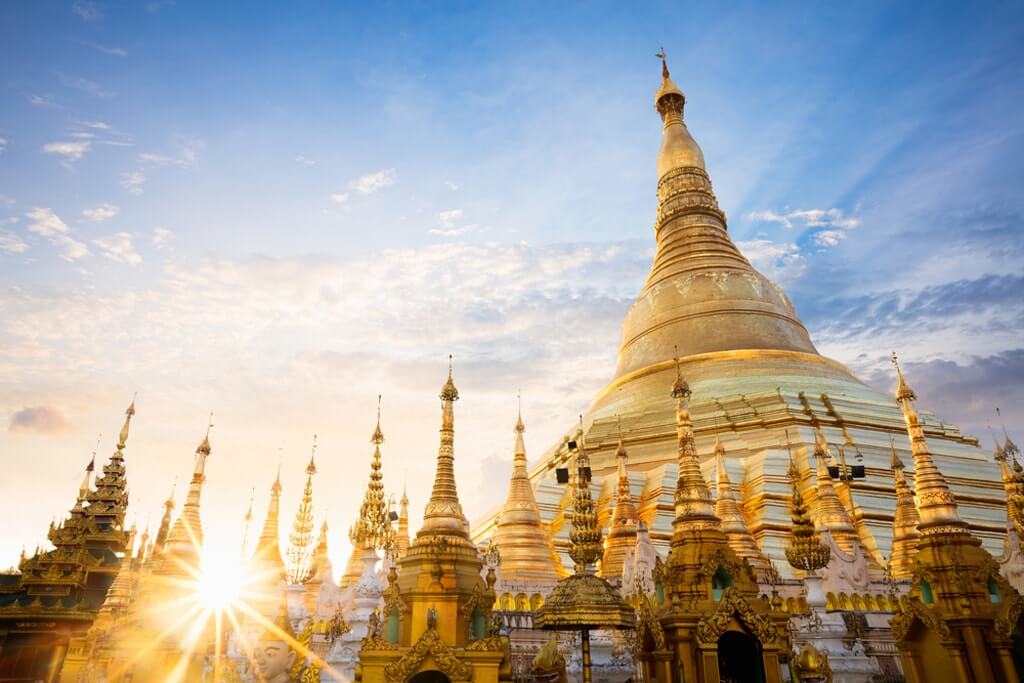
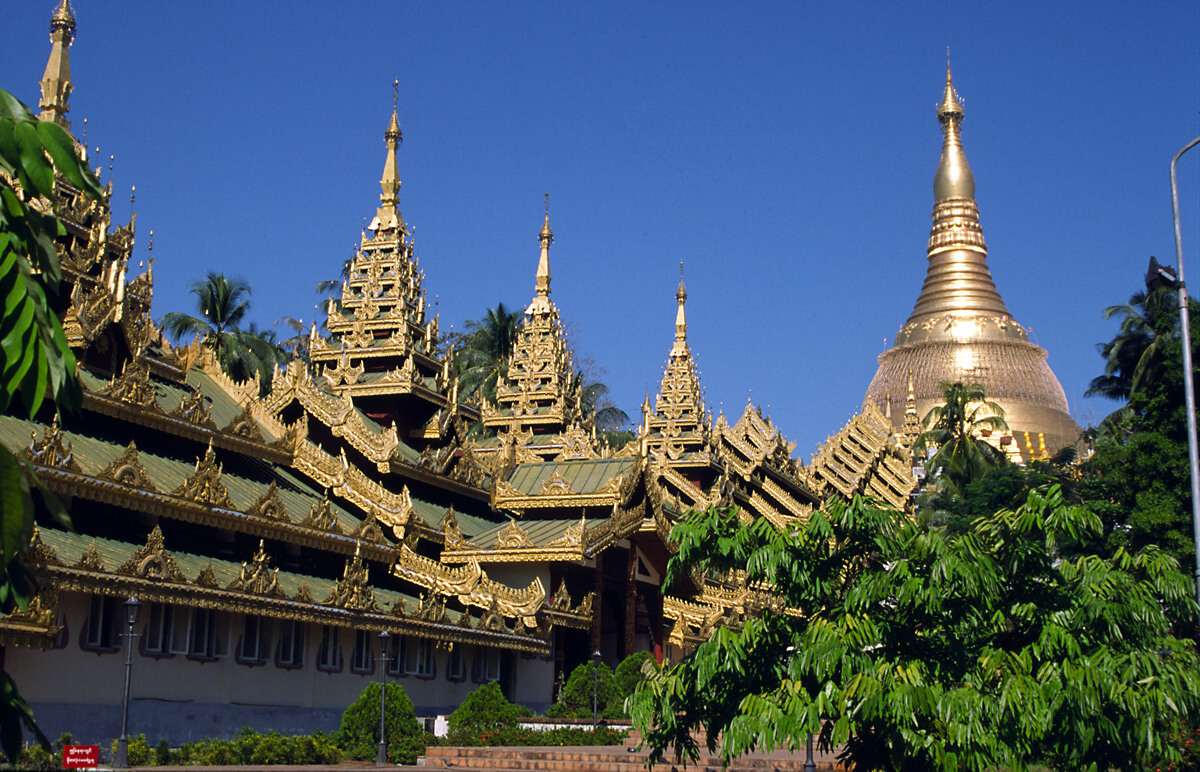
Tens of thousands of them are displayed all over the territory, a few times in ruins, piously swept by the faithful, decorated or even overdecorated, sometimes at the borders of the foolish, but always beautiful.
In this rich country where one lives poorly, 20% of household incomes are devoted to religion, sanctuaries, ornaments and jewelry.
A POWERFUL CENSORSHIP ... BUT PUSHED INTO ITS INTRENCHMENTS
Leaves of gold with a thousand details, refined lacquer, elegant sculptures, delicate jewelery...
Art and creation of beautiful, seem to reign supreme over this ignored fragment of the planet.
Yet, if Art is well connected with creation, in Burma it was long deprived of its main ingredient:
freedom of invention and expression.
Bridled and censored by the political constraints that we know, artists have learned to craft with the regime to invent, in spite of the censorship, a renewal.
For a long time it was confined to reproducing the genre scenes, such as young girls and monks in procession, or landscapes, portraits, flowers ... some of them found their own style from Subjects fiercely imposed.
"The censors showed a rich imagination, indeed, they read unexpected messages in my photos".
San Min, 64, was denied access to the exhibits because a government official thought her portrayal of a woman was too evocative of Aung San Suu Kyi, the emblematic leader of the then-banned pro-democracy movement In Burma.
"I had not thought of such a thing at all."
Long before the first scraps of liberation of Art by the regime, it was in painting that the movement of renewal began.
By changing the mode of figuration more than the subjects, artists like Min Wae Aung, Maung Myint Aung or the family of Lun Gywe, knew how to turn corners on rails destined to remain rectilinear.
The first one used the theme of the procession of monks to reinvent a new hyperrealism where, in pink-mauve or gilded colors, he painted from above those gleaming skulls of religious with quasi-photographic details.
Maung Myint Aung found his style by painting only watercolors with brightly colored borders, obese women and callipyges.
Lun Gywe, considered the greatest Burmese painter living, is a master of colors that bathed in an impressionism sublimating the beauty of women.
By pushing censorship to its last limits, these precursors have paved the way for a new generation that enjoys a general relaxation of controls since the arrival of civilian government in 2011.
A FRAGRANCE OF FREEDOM THAT FLOATS IN YANGON
The artists have welcomed this news, which gives them more freedoms to express their creative impulses.
Still far from the "ideal" democratic regimes, Burma, which is still placed 169th in the ranking of the freedom of the press, nevertheless allows its artists to emancipate from the usual subjects imposed.
Installed on the spot, the American artist Richard Streiter testifies "We can now paint more varied images than before, it's a little different, but we have to be careful. For example, until the release of Aung San Suu Kyi on November 13, 2010, it was impossible to pronounce her name, write an article about her, buy a photo of her. Today you have her picture everywhere, you can buy t-shirts with her portrait."
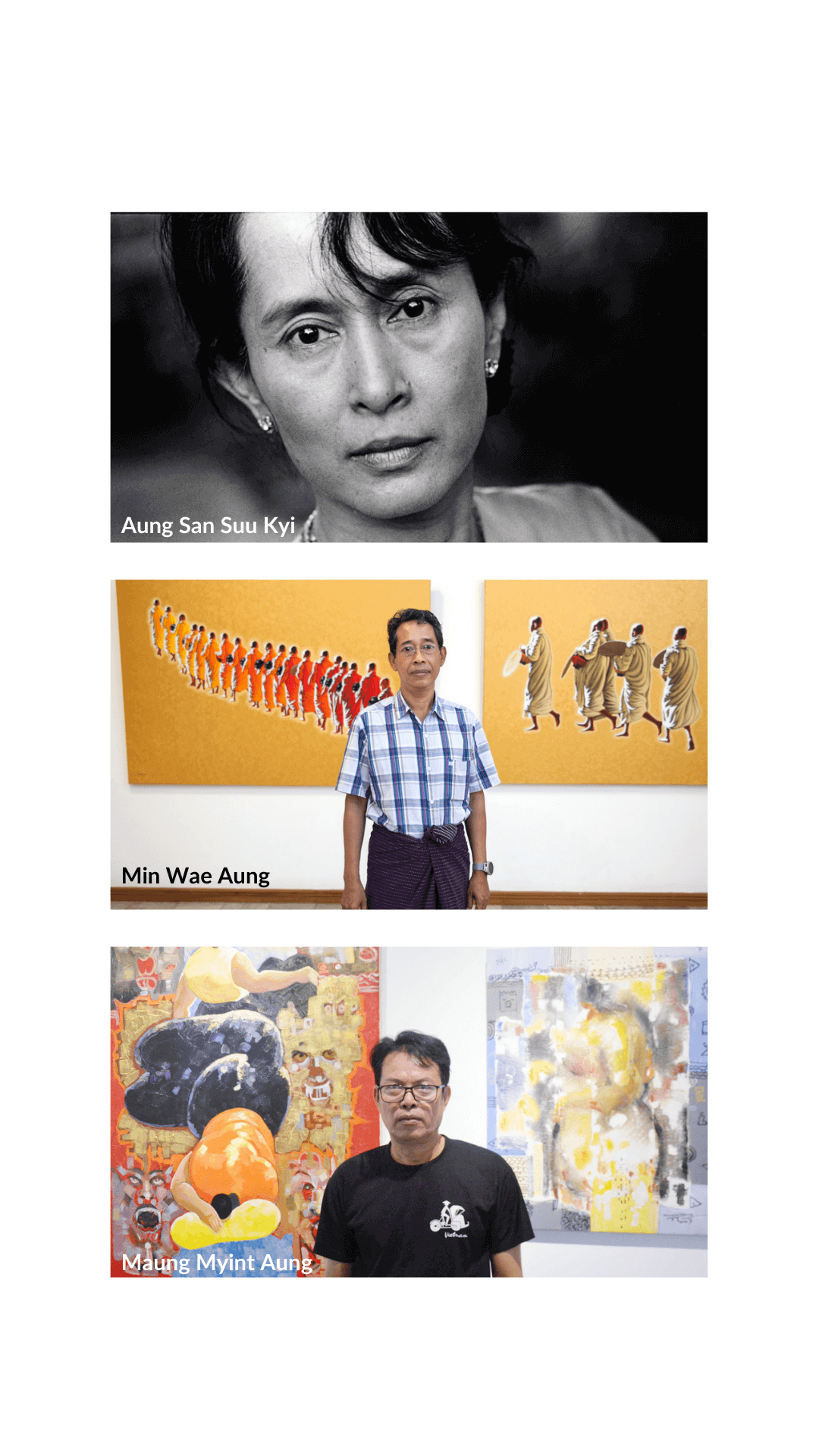
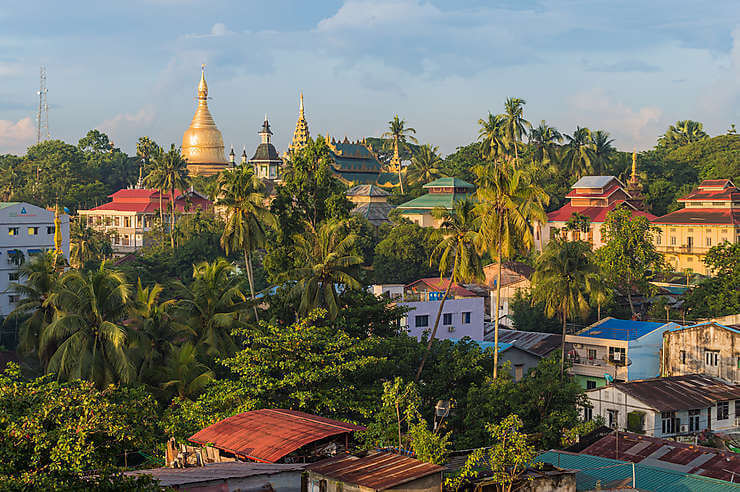
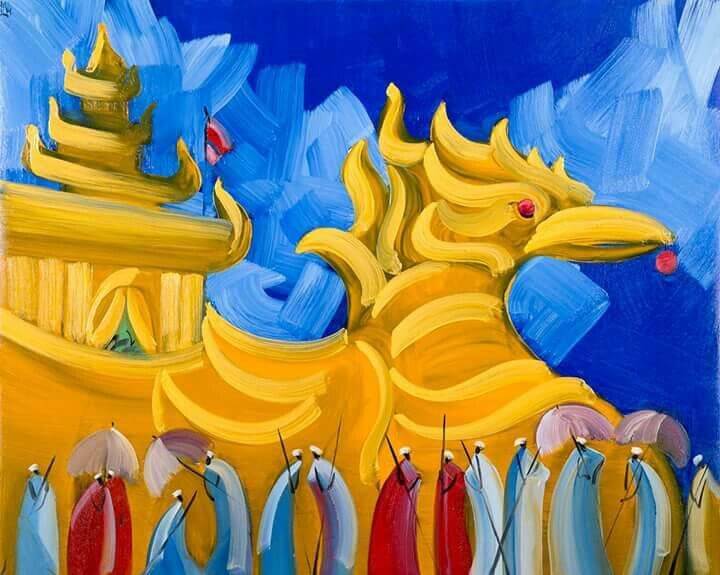
the Gangaw Village Artist Group and the New Zero Art Space promote exchanges between Burmese and international artists .
There are also the Inya Art Gallery, the Anawmar Gallery or the River Gallery.
The new Burmese scene brought to life by artists such as Moe Satt, Nyein Chan Su, The Maw Naing, Wah Nu, Po Po and Ayeko today exhibits its work in Europe, Japan and the United States.
While most of them began their liberation in painting, Burmese artists devote a quasi-cult to the art of performance.
This Art is an artistic practice whose medium is the body itself and whose action to create the work of art.
Moe Satt, a committed but apolitical artist, embarked on the performance and even founded the first festival dedicated to the practice in Burma:
Beyond Pressure.
"Our generation of artists does not make art with political subjects, but our works are less emotional, more conceptual and interactive than those of the previous generation whose creations are eminently dramatic, yet the Burmese artist has necessarily grown in the awareness of the external, economic, social and cultural realities of his country."
JULIEN REY, BURMA'S LOVER
Julien Rey trained as an autodidact at the age of 15.
His mother, from Polish, always painted at home, arousing an esthete and curious side.
He studied film and became a cameraman.
Carré d'artistes® discovered him at an Art Fair in Saint Rémy in August 2015.
Julien Rey can be characterized as an emblematic contemporary painter who is in the "urban" movement where one can find Landscapes of major metropolises like the city of New York.
This is the whole subtlety: a city is suggested but never painted identically.
The painter is not inspired by photos but creates a universe by associating his memories and giving freedom to his imagination.
His work is thus characterized by clean lines, horizontal or vertical, skyscrapers and buildings that compose his paintings and rub shoulders with the asphalt shimmering as far as the eye can see.
A great traveler, the French artist develops a work strongly influenced by Asia and especially Burma.
He falls in love with this region during his reports for "Envoyé Spécial".
An attachment that is also expressed in his private life since Julien Rey founds a family with a Burmese.
During this period he even became a Buddhist monk.
In the course of his discoveries, he is impregnated and inspired by this culture and his work is felt.
One discovers this influence in the paintings of Julien Rey by the created atmosphere:
one finds in it indeed the Zen philosophy and a will of purity and simplicity.
He realizes minimal compositions that appear as suspended moments, poetic pauses in the midst of the surrounding disorder.
It is also in China that Julien Rey finds the lacquer he uses, just like the gold leaf imported from Burma, presents in a recurring way in his works.
His unique technique comes first from the lacquer he uses and works with a knife.
He composes his paintings by adding matter, then in certain places, by removing this material, by scratching the paint, and by creating an obvious contrast.
This technique which he calls "positive / negative" is also well illustrated in his representations that confront the dark and the light, the dark and the clear.
He creates gold leaf inlays that offer a unique rendering and places light at the center of his works.
THE NEO-COLLECTOR'S GUIDE
Everything you always wanted to know about the art market but were afraid to ask!
The art market often appears to be a domain reserved for a privileged few...
This is not true: accessible to all, the art market is only waiting for its new collectors.
For those who still have a doubt :
Here are the answers to the questions commonly asked!
What is a work of art?
What is the purpose of art?
What is the purpose of a certificate of authenticity?
What should you look out for when buying a work of art?

